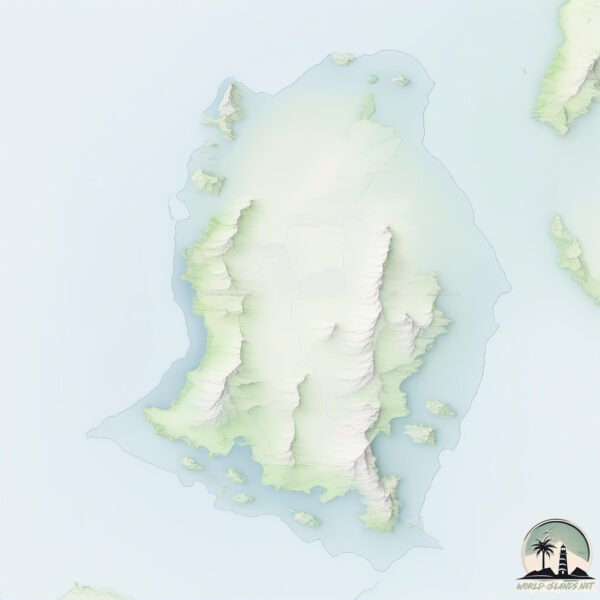Tiburon

Welcome to Tiburon, a Dry island in the Gulf of California, part of the majestic Pacific Ocean. This guide offers a comprehensive overview of what makes Tiburon unique – from its geography and climate to its population, infrastructure, and beyond. Dive into the details:
- Geography and Size: Explore the island’s size and location.
- Climate and Weather: Weather patterns and temperature.
- Topography and Nature: Uncover the natural wonders of the island.
- Infrastructure and Travelling: Insights on reaching, staying, and making the most of your visit.
- News and Headlines: Latest News.
Geography and size of Tiburon
Size: 1202 km²
Coastline: 214 km
Ocean: Pacific Ocean
Sea: Gulf of California
Continent: North America
Tiburon is a Very Large Island spanning 1202 km² with a coastline of 214 km.
Archipel: –
Tectonic Plate: North America – Covers North America and parts of the Atlantic and Arctic Oceans, characterized by diverse geological features and varying levels of seismic activity.
The geographic heart of the island is pinpointed at these coordinates:
Latitude: 28.98715927 / Longitude: -112.36672372
Climate and weather of Tiburon
Climate Zone: Dry
Climate Details: Hot Deserts Climate
Temperature: Hot
Climate Characteristics: Dominated by extremely hot temperatures, this climate is marked by minimal rainfall and barren landscapes. Nights often experience drastic temperature drops.
Topography and nature of Tiburon
Timezone: UTC-07:00
Timezone places: America/Denver
Max. Elevation: 747 m
Mean Elevation: 173 m
Vegetation: Shrubland
Tree Coverage: 6%
The mean elevation is 173 m. The highest elevation on the island reaches approximately 747 meters above sea level. The island is characterized by Plateau: Elevated flatlands rising sharply above the surrounding area, with a maximum elevation over 500 meters but a mean elevation less than 300 meters, forming unique highland areas on islands.
Dominating Vegetation: Shrubland
Dominated by shrubs and small bushes, these areas are typical in dry, rocky, or sandy environments, as well as in regions with poor soil fertility. Tiburon has a tree cover of 6 %.
Vegetation: 12 vegetation zones – Exceptionally Diverse Island
Islands with more than ten vegetation zones are among the most ecologically rich and varied in the world. These islands are akin to miniature continents, boasting an incredible array of ecosystems. The sheer range of habitats, from high peaks to deep valleys, rainforests to deserts, creates a mosaic of life that is unparalleled. They are crucial for conservation and ecological studies.
Infrastructure and Travelling to Tiburon
Does the island have a public airport? no.
There is no public and scheduled airport on Tiburon. The nearest airport is General Ignacio P. Garcia International Airport, located 127 km away.
Does the island have a major port? no.
There are no major ports on Tiburon. The closest major port is SANTA ROSALIA, approximately 157 km away.
The mean population of Tiburon is 0 per km². Tiburon is Uninhabited. The island belongs to Mexico.
Continuing your journey, San Pedro Martir is the next notable island, situated merely km away.
Mexico is classified as Emerging region: MIKT: Mexico, Indonesia, South Korea, and Turkey – Economies recognized for their development potential and emerging market status. The level of income is Upper middle income.
News – Latest Updates and Headlines from Tiburon
Stay informed with the most recent news and important headlines from Tiburon. Here’s a roundup of the latest developments.
Social Media Posts about Tiburon
Please note: The data used here has been primarily extracted from satellite readings. Deviations from exact values may occur, particularly regarding the height of elevations and population density. Land area and coastline measurements refer to average values at mean high tide.
